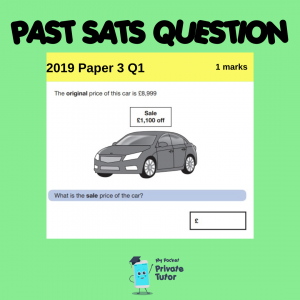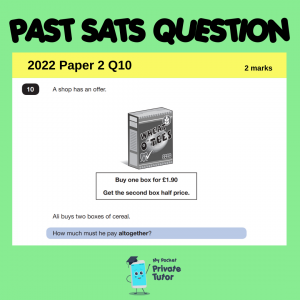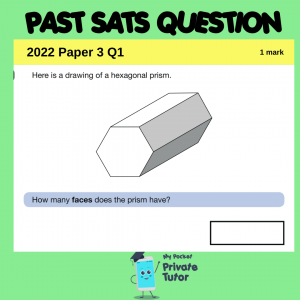Christmas is full of maths
I’ve heard so many people say that they don’t need maths in the real world but this simply isn’t true; Christmas is a great example of how many mathematical skills we use in the “real world”. Children often stumble on questions in the Reasoning Papers because they aren’t able to conceptualise the problems but if they are aware of the maths in the real world, these word problems become a lot more familiar and less intimidating. Here are just some of the ways that Christmas is full of maths…
Christmas shopping is full of maths
Going shopping involves all of the operations, that is adding, subtracting, multiplying and dividing. Unfortunately as less people use physical currency these days, I have seen younger children with no knowledge of the coins and notes that we use in Great Britain. This also means that they are losing some skills such as calculating change. However if you engage your children with budgets and spending limits, they can still use calculation skills while shopping. Lots of multi step questions in the SATs papers involve some kind of shopping where addition, subtraction multiplication or division are involved and usually more than one operation would be involved too.



Christmas SALEs are full of maths
Everyone loves a bargain and there are always lots of enticing sales on around Christmas. They are often presented as a percentage off, so knowing how to calculate percentages is useful in grabbing the best bargain. Knowing how to calculate percentages will help you undersatnd that 50% off £32 is more expensive than 25% off £20. Here is an example of a percentage question and a question involving comparing offers from the Reasoning Papers.


Christmas recipes are full of maths
Christmas can be full of visitors and food! Cooking for large parties means you need to scale up recipes and this is ratio, an important Year 6 math skill that often gets overlooked. We often have to figure out how to alter a recipe for more people without changing the taste. This will also involve units of measure: grams, kilograms, litres, mililitres and sometimes imperial measures like pints or ounces too. All if this exposure to real life maths is really beneficial
Christmas TV is full of maths
Christmas TV is great for engaging with time! Using a TV schedule, you can choose what programmes will be watched and when. Your children can figure out how long programmes last, how long until they start, how long until they finish, these are perfect activities for engaging with calculating time. Here’s a free video on how to calculate time durations.
Christmas visits are full of maths
Whether your visits are near or far, your children can engage with miles and kilometres as a distance. Even better if they look at both units of measure so they get an understaing of how to change km to miles and vice versa (an objective in the Year 6 National Curriculum!) Look at how far you are travelling. Are you doing one or multiple journeys? How long do the journeys take? If you are not visiting anyone, is anyone coming to visit you?
Christmas gifts are full of maths
Gift wrapping is a fantastic way to think about 3D shapes, volume and area! What shaped presents are easiest to wrap and why? How many faces do different shaped gifts have? Can they name the shape of different gifts? How much wrapping paper is needed for different shapes? What is the smallest area of wraping paper needed to wrap different gifts? 3D shape questions have not come up much in the last few years which could mean we are due a few questions in the next few papers. In Year 6, knowledge is focused around understanding how to visualise different 3D shapes and the best way to do that is to be familiar with holding different 3D shapes. Here is an example of a question from the 2022 paper. Here is a free video I made to help learn some common 3D shape nets.

Maths is everywhere in the “Real World”
It is easy for people to say we don’t need maths in the real world when they think of maths as numbers on a paper but the truth is maths exists all around us and is at the core of a huge amount of things we come across in daily life. Christmas is just one example of an event that is full of maths. The point I am really trying to make is that you don’t need a pen and paper or a textbook to engage your children in learning maths. Get them involved in real life activities, ask them to help calculate costs, time durations or how much wrapping paper to use. It is all beneficial and you will be surprised at how much impact “real world maths” will have on their ability in “classroom maths!” So get them involved, embrace the maths all around us and above all have a wondeful Christmas!





Leave a comment
Sign in to post your comment or sign-up if you don't have any account.